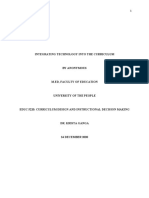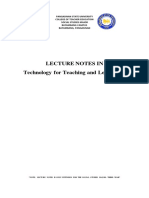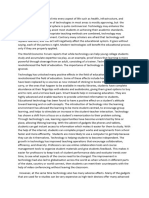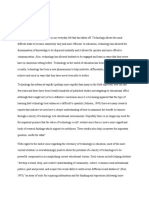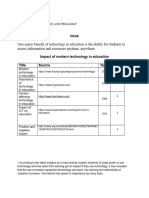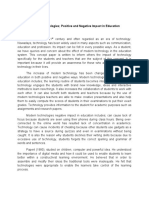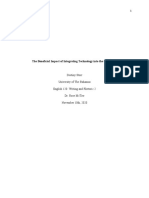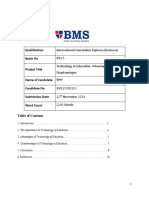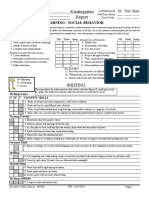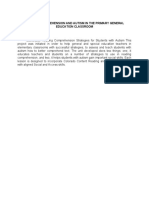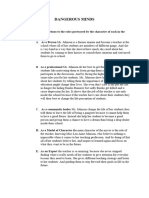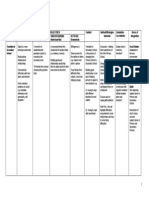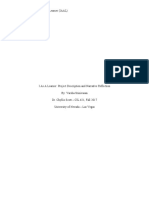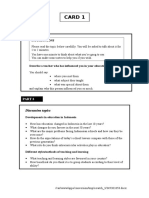0% found this document useful (0 votes)
17 views9 pagesWriting Term 4 Final
The document discusses the positive impacts of technology on teaching and learning, highlighting its role in enhancing efficiency in assessment and providing increased access to diverse information for students. It argues that technology improves student engagement and motivation through interactive platforms, while also addressing concerns about health challenges associated with excessive use. Ultimately, the document concludes that the benefits of technology in education far outweigh its drawbacks and emphasizes the importance of embracing it in pedagogical practices.
Uploaded by
Nguyên Đỗ ThảoCopyright
© © All Rights Reserved
We take content rights seriously. If you suspect this is your content, claim it here.
Available Formats
Download as PDF, TXT or read online on Scribd
0% found this document useful (0 votes)
17 views9 pagesWriting Term 4 Final
The document discusses the positive impacts of technology on teaching and learning, highlighting its role in enhancing efficiency in assessment and providing increased access to diverse information for students. It argues that technology improves student engagement and motivation through interactive platforms, while also addressing concerns about health challenges associated with excessive use. Ultimately, the document concludes that the benefits of technology in education far outweigh its drawbacks and emphasizes the importance of embracing it in pedagogical practices.
Uploaded by
Nguyên Đỗ ThảoCopyright
© © All Rights Reserved
We take content rights seriously. If you suspect this is your content, claim it here.
Available Formats
Download as PDF, TXT or read online on Scribd
/ 9



